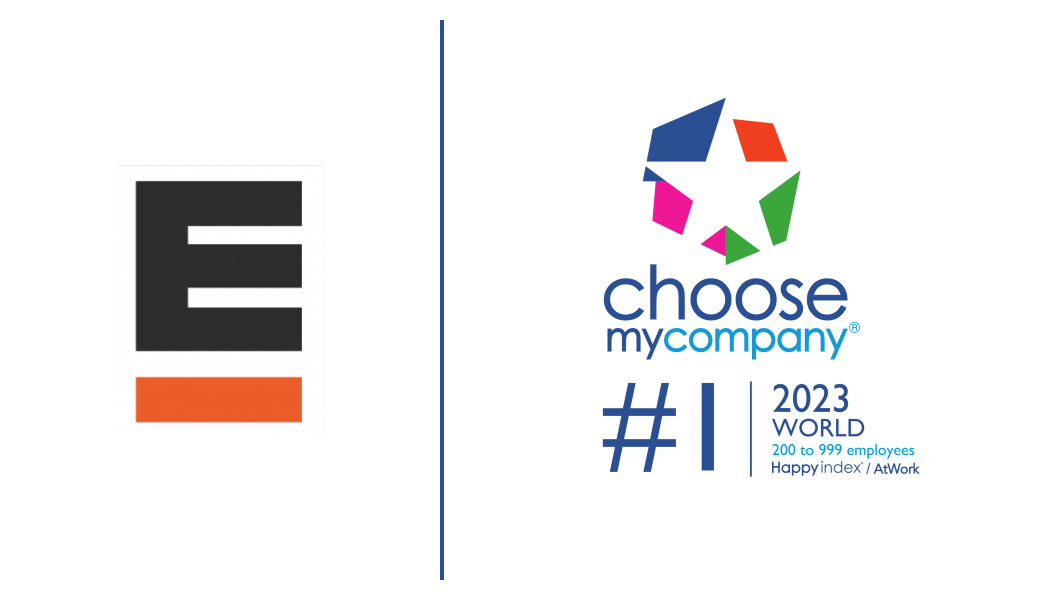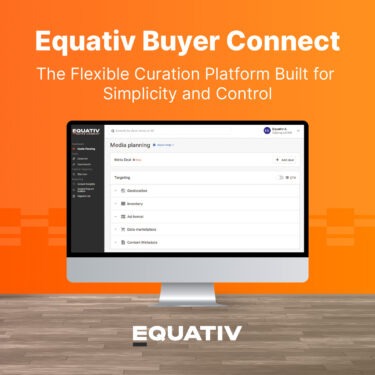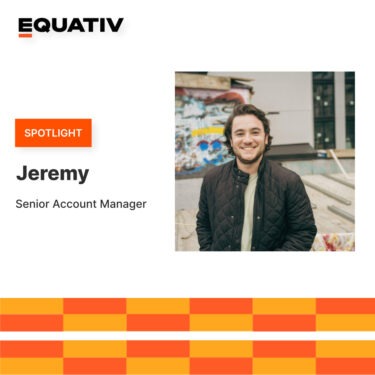Engage
Digital Marketplace for Advertisers
Engage your target audiences via our digital marketplace.
Earn
Monetization Solutions For Publishers
Designed with you in mind, our solutions help you drive more revenue.
Enhance
Services Built to Scale your Business
Boost your campaign KPIs with our specialized capabilities.







